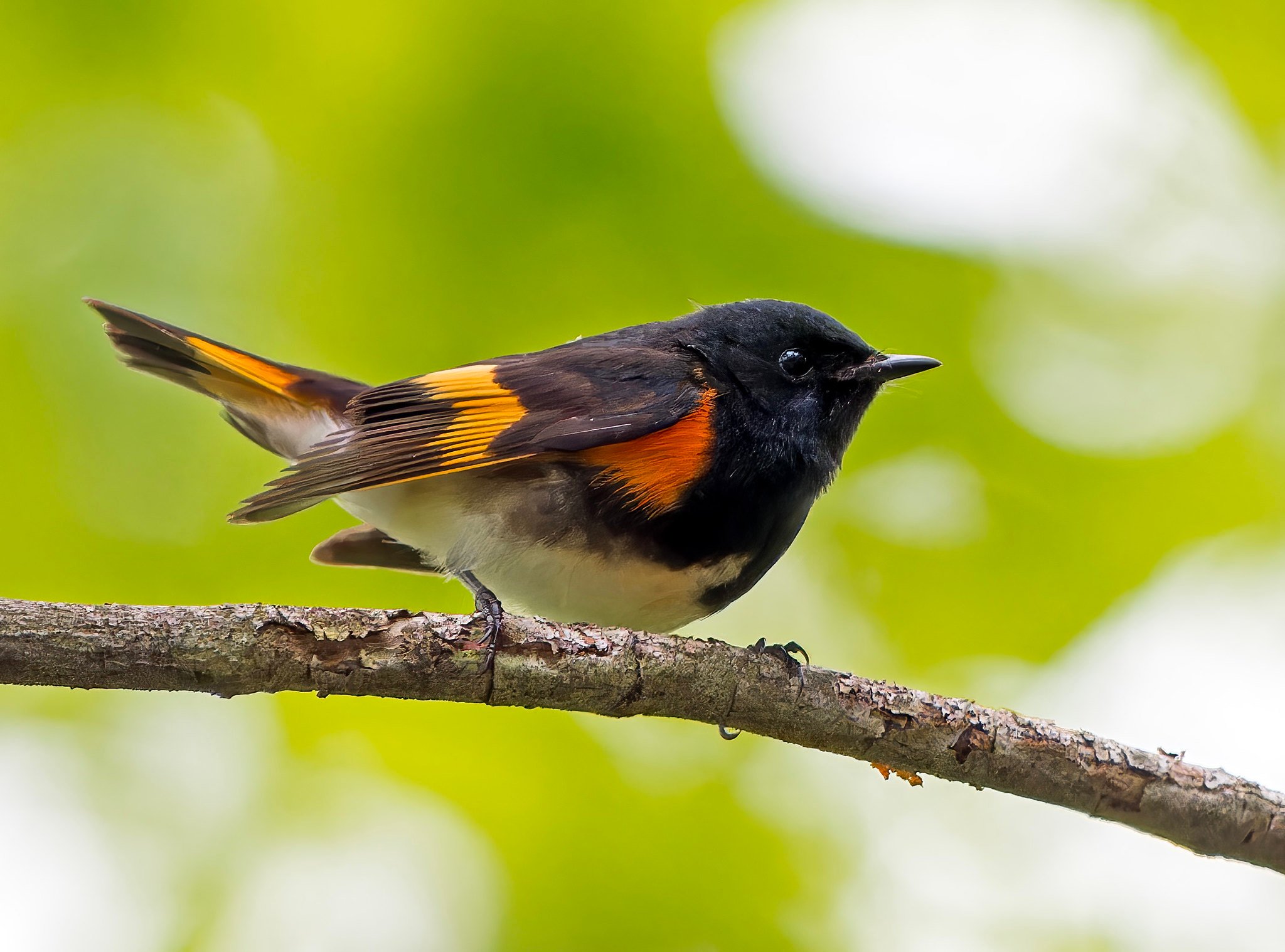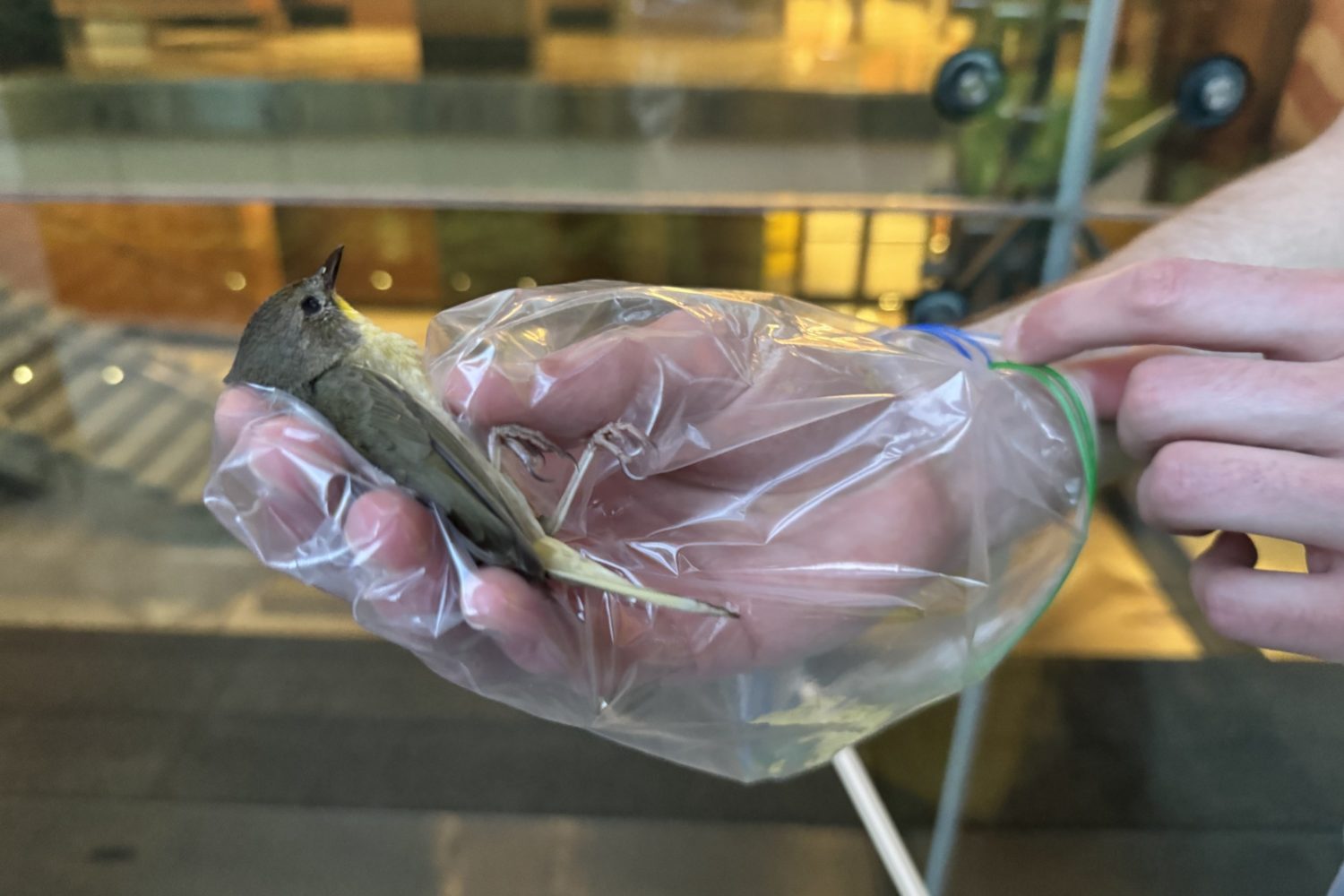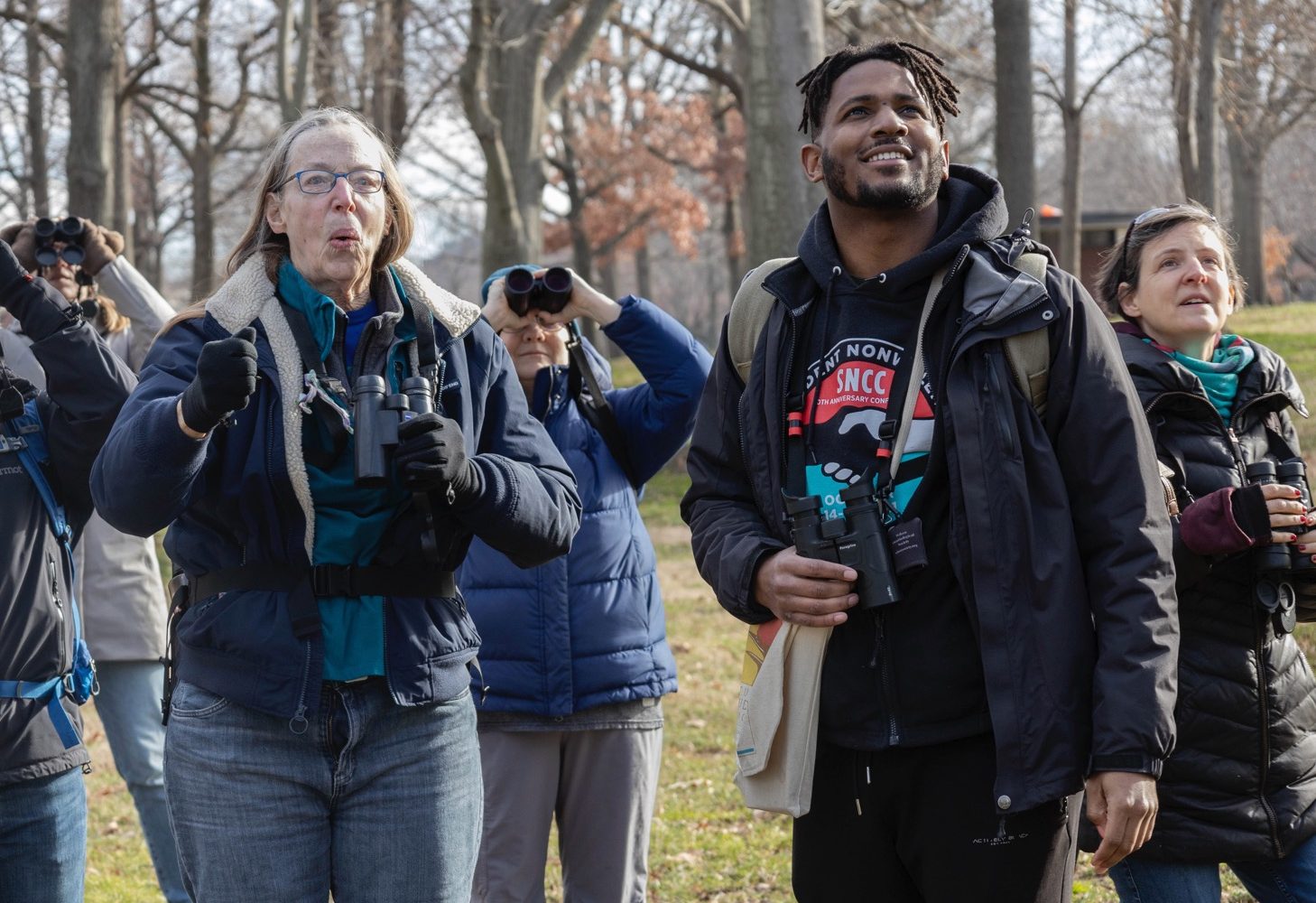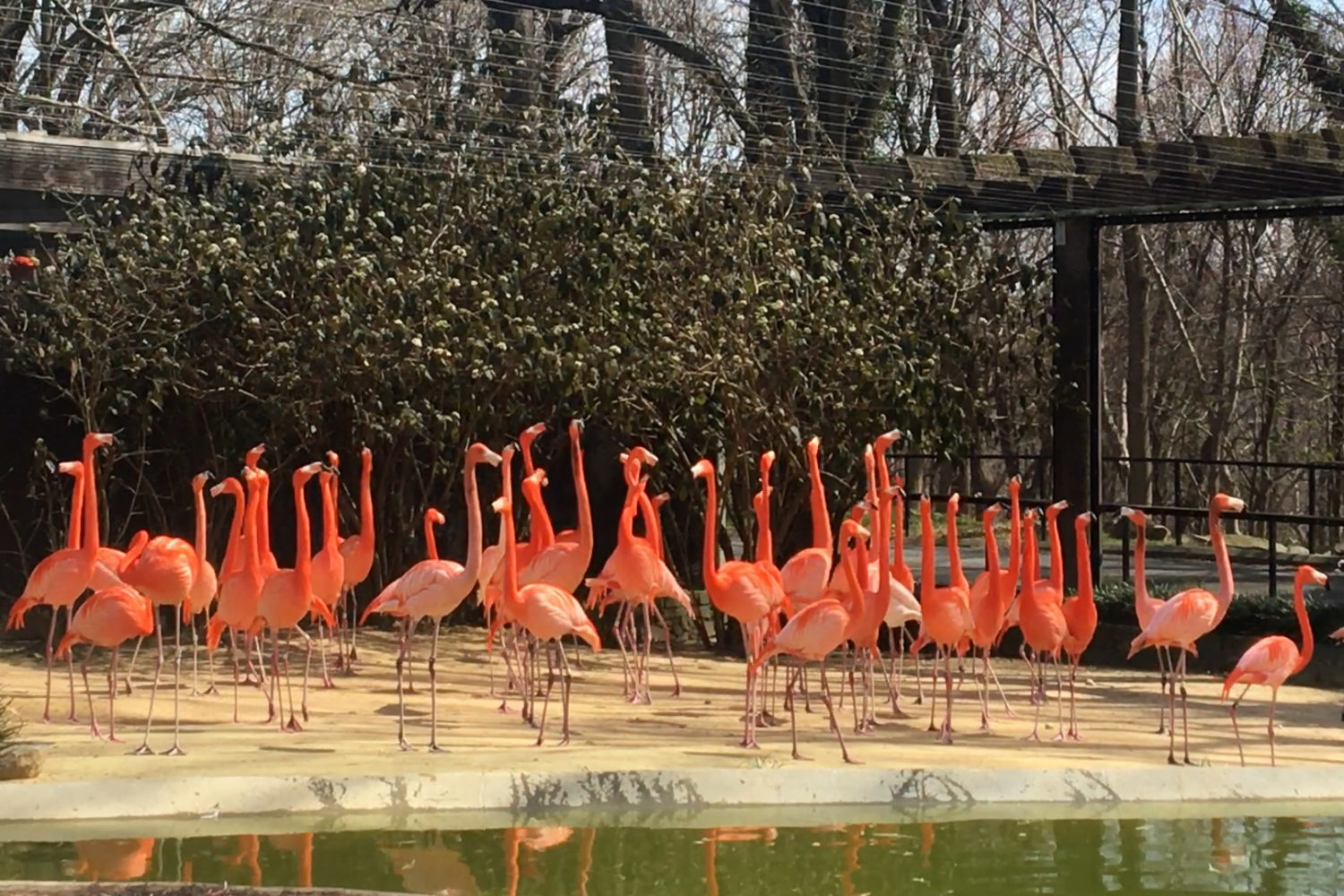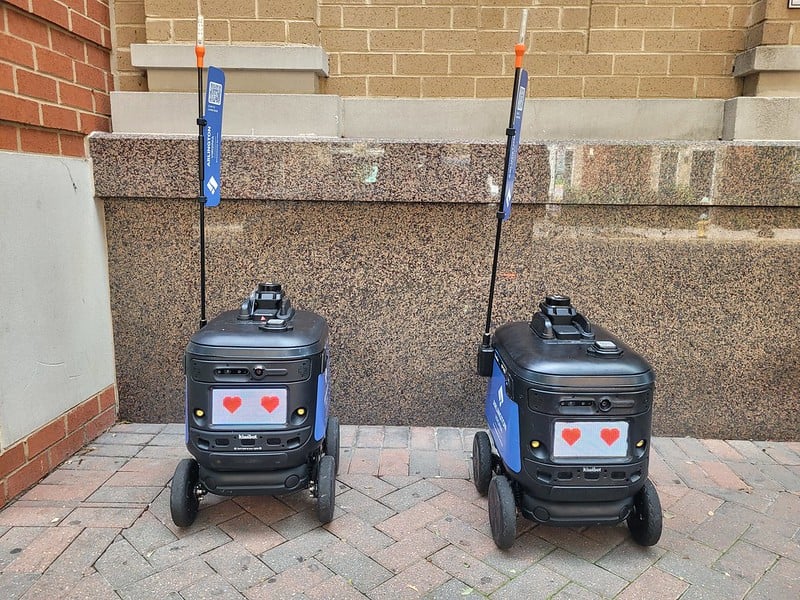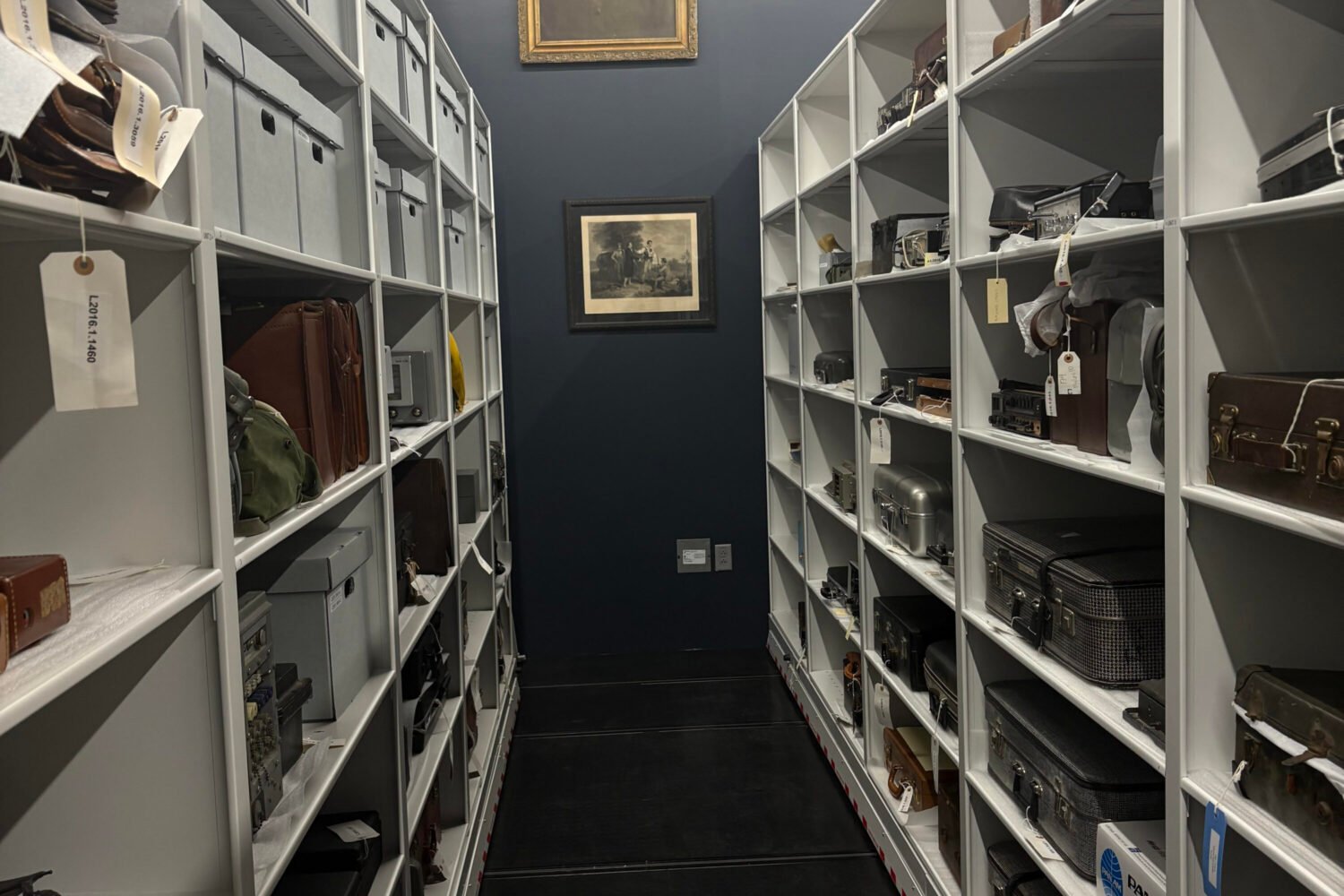It’s been a big week for birds. BirdCast—a migration forecasting tool operated by Colorado State University and the Cornell Lab of Ornithology—tracked a whopping 1.8 million birds passing over DC on the night of Saturday, October 5. Experts consider this a “high-traffic” night, and locals can expect many more throughout this month amid migration season.
Last night was another HUGE night for migration, with 1.8 million birds passing over DC. A combined estimate of 57.2 million birds passed over DC, Maryland, and Virginia. 😲#washdc #washingtonian #washingtondclife #washington_dc #dclife #dclove #urbanwildlife #migration pic.twitter.com/xPl3AOlnxV
— City Wildlife (@DCCityWildlife) October 6, 2024
Most of us probably aren’t looking up at the sky when these birds sail through, since peak flight time is usually two to four hours after sunset. But local wildlife rehabilitators say we still have a big role to play in ensuring that our feathered friends make it safely to their destinations.
Jim Monsma is the executive director of City Wildlife, a wild-animal rescue center in Northwest DC. He says there’s one important thing for residents to remember about birds this time of year: “They don’t understand glass.”
Apart from habitat loss and domestic cats, building collisions kill more birds than any other single human factor. In urban areas like DC, the problem gets especially bad around this time of year: Since most neotropical songbirds travel at night to skirt air turbulence, they use the stars to navigate, which means it’s easy for them to get confused when passing over all the artificial lights that emanate from the cityscape.
That’s why City Wildlife runs a program called Lights Out DC, made up of volunteers who walk a four-mile route downtown in the early mornings to collect migratory birds who have been injured or killed after crashing into windows. Lights Out DC relies on BirdCast’s predictive tools to prepare for high-traffic nights like Saturday. After a bad night, volunteers pick up about 20 to 30 injured or dead birds—which Monsma says is likely still an underestimate of the total number of collision victims across the city, since natural predators and street sweepers can get to the disabled birds before rehabilitators do.
How can locals help to mitigate these bird deaths during migration season? It’s pretty simple, according to Monsma: Turn off your lights at night—both indoor and outdoor—and keep your blinds closed. Green thumbs should take special care to move any indoor plants away from their windows, since birds can mistake them for trees and fly toward them to land.
If you take these steps and still find that birds are attracted to your building, Monsma recommends full-window white CollidEscape, a perforated adhesive made for DIY application to the exterior of windows.
“It’s been 100% effective,” Monsma says of his experience with the product. “I haven’t gotten a dead bird since, going on six years.”
The scale of this problem is bigger than many of us realize—and, as city dwellers, our windows are the biggest offenders. The Washington Post reported in August that more than 1 billion birds die across the US each year as a result of building collisions. Bird populations are “plummeting,” says Monsma, and the fear of extinction’s impact on our ecosystems is motivating his organization to push the “lights out” message hard this migration season: “Everything is connected to everything else, and you can’t just pull a piece out of the puzzle and expect it to go on functioning.”

